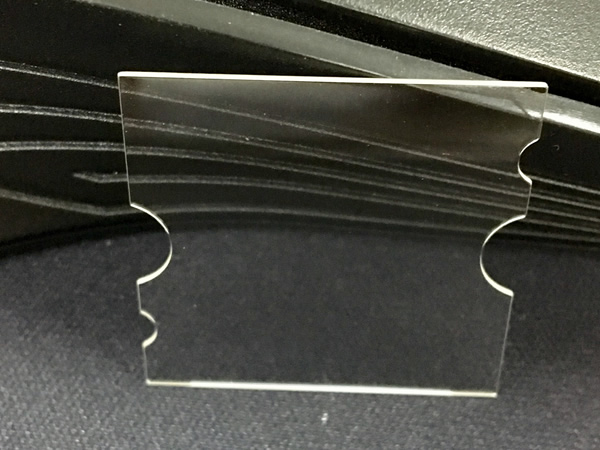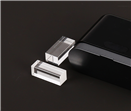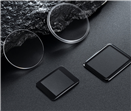
Time:2025-05-22
Sapphire glass has become a material for optoelectronic devices due to its light transmittance, high strength, collision resistance, wear resistance, corrosion resistance, high temperature and high pressure resistance, as well as unique biocompatibility. This article will explore these characteristics and their applications in the field of optoelectronic components, revealing the scientific principles and technological innovations behind them.
1、 Light transmittance
The reason why sapphire glass can shine in the field of optoelectronics is primarily attributed to its excellent light transmittance. Compared to traditional glass materials, sapphire glass has higher transmittance and wider transmittance range, especially in the ultraviolet to near-infrared wavelength range, where its transmittance performance is particularly outstanding. This characteristic makes it an ideal material for manufacturing high-definition display screens, optical lenses, filters, and other optoelectronic components. On the display screens of consumer electronic products such as smartphones and tablets, the application of sapphire glass not only improves the clarity and color saturation of the image, but also enhances the screen's scratch resistance and extends the product's service life.
2、 High strength and collision resistance
The strength and collision resistance of materials are crucial in the manufacturing process of optoelectronic components. Sapphire glass, with its tough texture reaching a Mohs hardness of 9, has become a natural barrier against external impacts and wear. Whether it is a high-altitude fall or accidental collision during daily use, it can effectively protect the internal optoelectronic structure from damage. This feature is particularly important in extreme environments such as aerospace and military equipment, ensuring the stable operation of optoelectronic systems and accurate data transmission.

3、 Wear resistance and corrosion resistance
The working environment of optoelectronic components is often complex and varied, ranging from humid marine environments to dry desert areas, from low-temperature polar regions to high-temperature deserts. These extreme conditions place high demands on the wear resistance and corrosion resistance of materials. Sapphire glass, with its chemical stability and high hardness, can maintain the stability of its physical properties in various harsh environments, effectively resist natural phenomena such as acid-base corrosion and oxidative aging, thereby extending the service life of optoelectronic components.
4、 High temperature and high pressure resistance
Under extreme conditions of high temperature and pressure, many materials undergo deformation or even failure, and sapphire glass exhibits astonishing stability. Its unique crystal structure allows it to maintain structural integrity at high temperatures of up to thousands of degrees Celsius, while also being able to withstand high-intensity pressure without breaking. This characteristic makes sapphire glass a material for manufacturing high-temperature sensors, high-voltage lamps, and other optoelectronic components, providing reliable technical support for scientific research and deep-sea exploration in the depths of the Earth.
5、 Biocompatibility
Another highlight of sapphire glass is its excellent biocompatibility, which means it does not cause rejection or allergic reactions when in contact with human tissue, making it widely used in optoelectronic components in the medical field. For example, in medical devices such as artificial lenses and endoscopic lenses, the application of sapphire glass not only improves the accuracy and safety of surgery, but also reduces the postoperative recovery time and risk of complications for patients, bringing revolutionary progress to multiple medical branches such as ophthalmology and surgery.
Sapphire glass has shown unlimited potential in the field of optoelectronic component materials due to its light transmittance, high strength, collision resistance, wear resistance, corrosion resistance, high temperature and high pressure resistance, and biocompatibility. From consumer electronics to aerospace, from healthcare to quantum technology, sapphire glass is becoming the application guarantee of optoelectronic technology with its unique charm.






Tel
Mobile phone
Customer service
TOP